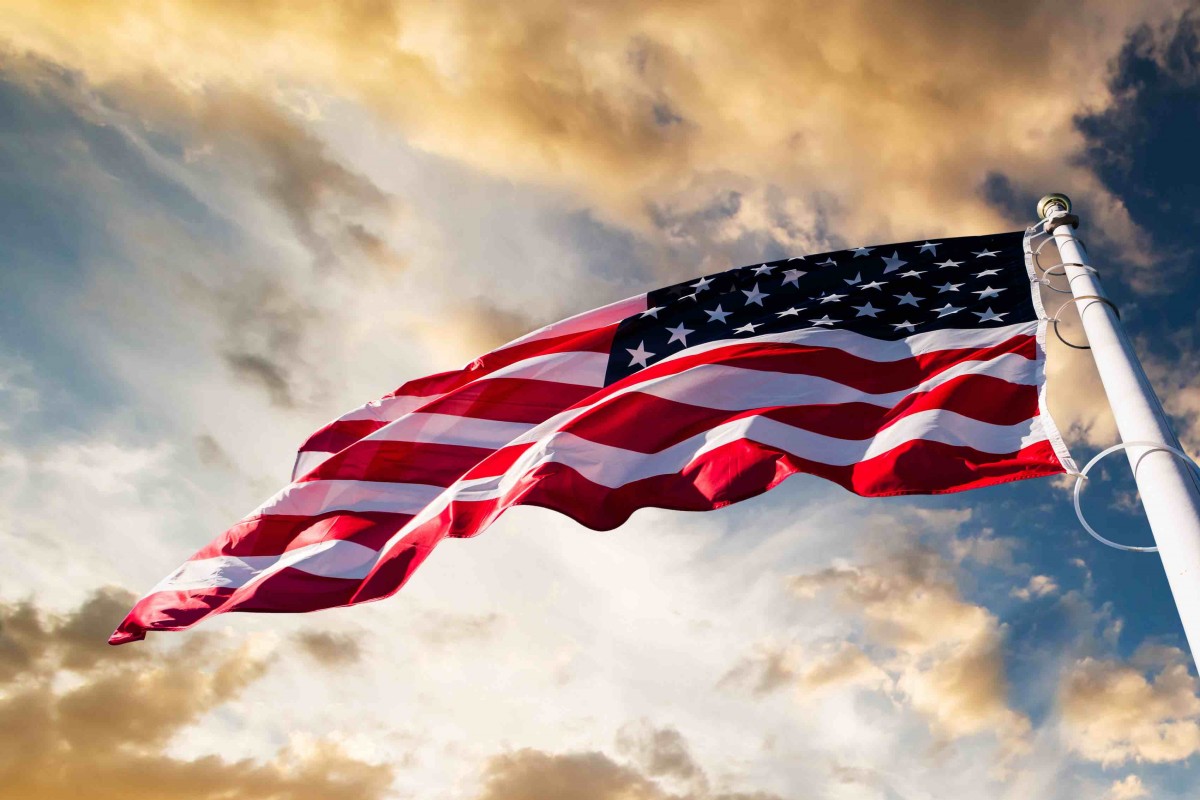The Americas has always been a key market for the global travel retail sector and North America especially is one which has grabbed attention – and it will again this week as the IAADFS Summit of the Americas comes to Florida.
Following the pandemic, North America was a key driver of growth and a trend-setter for the travel retail reality that we were all waking up to. This is partly because the market itself has many unique factors; it has a huge domestic travel business, which reinforces a need for truly local experiences and products in airports, to make the most of travellers’ desire to shop.
Despite the global recovery meaning that America is not the leading light it was in those early post-pandemic times, the market still maintains incredible potential and power. To recognise this you need only look at the wealth of development taking place there. From the ongoing New JFK project headlined by the New Terminal One development, the $30 billion upgrade at Los Angeles’ LAX, or the $4.1 billion New SLC in Salt Lake City, or even Portland’s new $1.5 billion terminal or San Francisco’s ongoing development of Terminal 1, there is lots of money being spent in this sector.
But are we building a travel retail offer which the Americas shoppers want? And how do these shoppers’ needs speak to the demands of the wider market?
Here are a few key topics I think can help us make the most of our opportunity in this market.
If you go local then be authentic
The importance of local flavours and products is not exclusive to America, but listening to feedback from retailers and operators in the region, it is clear that it is never more important than it is here. Take a look at the number of new airport stores which are opening, giving popular local brands a chance to flourish, from Fat Sal’s and Yakumi at LAX to Beelove at Chiacago O’Hare. These local brands need support to ensure that they are delivering the same service in airports as they do outside. It would be a crime to put a beloved local business label on a copy-and-paste travel retail concept.
Break down barriers
Another global trend which we are seeing more and more demand for in the US – especially when it comes to F&B. Dining is a key driver of sales in American airports, and the local brands I just mentioned are spearheading much of that. The barriers between brands, retail and F&B must be demolished to allow true, inhabitable experiences to flourish.
The power of pre-loved
I recently told a journalist that pre-loved has more potential in the high street than in travel retail, where impulse fashion purchases are less common. That is true. But the Americas has taken this to this concept in airports, probably due to the dominance of domestic travellers. Anything travel retail can do to create sustainability and differentiation is excellent, and pre-loved stores are something American travel retail can and should take seriously.
Niche brands arise
While Asia always dominates in the Beauty stakes, the Americas is a flourishing market and one where many retailers are telling us they see increased demand for niche brands. Creating differentiation is a key goal in this sector and no one can do that like niche brands. But, in smaller airports, where multi-brand concepts rule, these brands must be given space to flourish and tell their story.
The Master Concession
I am always disappointed when I see a major international hub airport put out a tender for a Master Concessionaire. This model lacks flexibility and fails to develop a retail line-up which meets the needs of modern travellers. It is a way to build an airport which will be out of date before it is fully opened. The Master Concession model is perfect for smaller airports, but in the major international – or national – hubs, the expertise of brands is needed to bring the required stories and experiences to life.
2.0 & Partners Chief Content Officer Chris Madden is attending the IAADFS show. Reach out to him at chris.madden@20partners.com to arrange a meeting.



